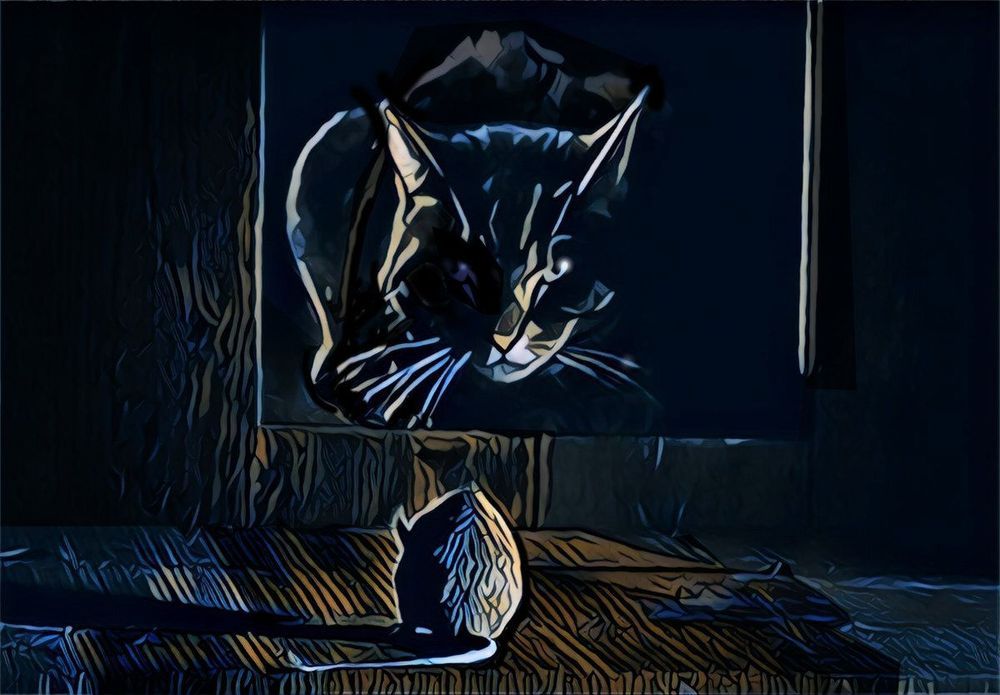One of the most remarkable characteristics of the vertebrate eye is its retina. Surprisingly, the sensitive portions of the photoreceptor cells are found on the hind side of the retina, meaning that light needs to travel through living neural tissue before it can be detected. While the origin of the high optical quality of the retina remain largely uninvestigated, it has long been proposed that a peculiar DNA organization would serve to improve vision in nocturnal mammals. Researchers at the Max Planck Institute of Molecular Cell Biology and Genetics in Dresden now showed that the optical quality of the mouse retina increases in the first month after birth that imparts improved visual sensitivity under low light conditions. This improvement is caused by a compact organization of the genetic material in the cell nucleus of rod photoreceptor cells that responsible for dim light vision.
Our retina is an amazing feature of the eye of vertebrates. This light-sensitive layer of tissue is lining the back of the eye-ball and acts as a screen for images projected by the lens. The retina has a thickness of 130 to 500 micrometer and is composed of five layers of dense neural tissue. Since the sensitive portions of the photoreceptor cells are found on the hind side of the retina, light needs to travel through this dense neural tissue to reach the photoreceptors. Researchers suggested that a certain compact arrangement of DNA in the cell nucleus of the rod photoreceptors could improve night vision in nocturnal animals but it remained unclear if and how night vision would benefit from this organization of genetic material.
Scientists around the research group leader Moritz Kreysing at the Max Planck Institute of Molecular Cell Biology and Genetics together with colleagues from the TU Dresden and the Biozentrum at the Ludwig Maximilians Universität in Munich wanted to find out, if and why cells of retinal neural cells are optically special and what the implications for the transparency of the retina are. Transparency in this context means that each rod cell scatters less light, which causes it to be more transparent.
